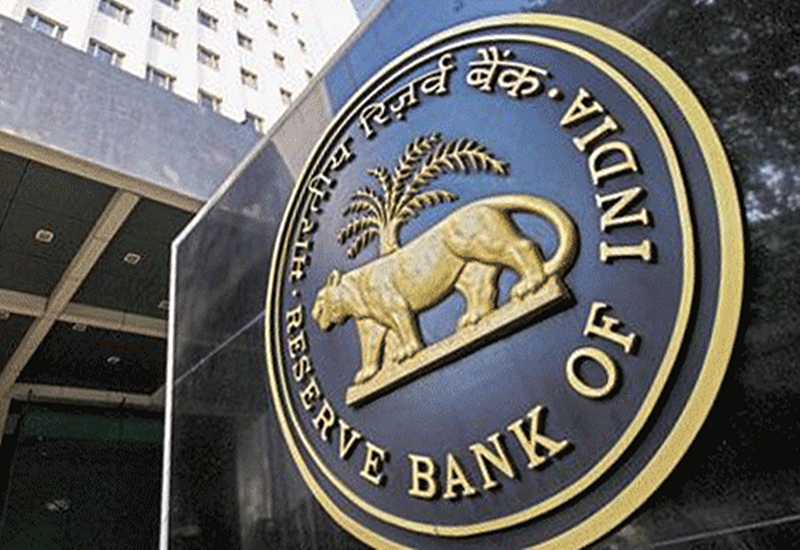The upcoming credit policy to be announced on April 4th is quite crucial because of its timing. With the Elections to kick start in the same month leading to the appointment of a new government, there are expectations of further liberalisation in interest rates in an attempt to further growth. The decision is, of course, with the Monetary Policy Committee which is independent and has no political leanings.
Yet speculation is rife that there will be a rate cut especially so since the RBI had flagged growth as being a concern and the latest GDP forecasts for the year have been less encouraging with growth to be 7% in FY19. The link between rate cuts and growth has been quite ambiguous as decisions to invest are taken on other grounds as well especially those surrounding demand conditions.
Therefore, in the past, rate cuts have not led to higher investment and growth. The RBI has often nudged banks to improve the transmission process which is hard because when rates are cut, deposit rates need to come down first. Further, when deposit rates are reduced, they become effective only when deposits are renewed or are fresh. Existing deposits cannot be re-priced as it is a fixed rate contract between the deposit holder and bank.
On the other hand, lending rates get invoked on virtually all loans when the MCLR changes. Therefore, banks are slow to let the transmission flow. An interesting step taken by the SBI is of linking savings deposits of over Rs 1 lakh with the repo rate as part of the policy to use external benchmarks for determining interest rates. It would be interesting to see how deposit holders behave.
In the past, deposit holders have shown inertia and do not move from one bank to another even when savings interest rates are higher. However, in this case, there is a chance of savers using the sweep facility on term deposits which can increase the cost for the bank.
While the MPC may be inclined to push for a further rate cut based on the inflation numbers being benign and not looking likely to increase any time soon, they should also look at the savings side. Financial savings in the country have been coming down and within this category there has been volatility in the quantum of deposits held by households.
A declining interest rate regime is not good for savers who tend to move over to more risky assets with mutual funds being the more likely deviation.
This has led to an influx of funds into this avenue that has spiked the bond and stock market. But the result has not been good for the banking system. In FY19 so far, there has been an anomaly all through. Lower deposit rates have caused a migration of funds from banks to mutual funds. The situation looked stable to begin with as long as bank credit did not grow.
However, once credit grew especially at the retail end, there were chronic shortages of funds in the system that led to RBI intervention. To begin with, it was the repo window used to inject temporary liquidity which became durable when the central bank carried out regular OMO operations to buy government securities from banks which so far is around Rs 3 lakh crore.
The recent measure to let banks swap their forex balances up to $ 5 bn for cash for three years is another attempt to balance liquidity. Hence, every time deposit rates are going to be lowered, the pressure may fall back on the central bank to remonetise the system as deposits growth slows down. This is a call which the MPC has to take when debating on lowering of interest rates.
Two other things to look out for from the economic standpoint will be the RBI view on growth and inflation. The RBI tends to be more balanced when taking a stance on GDP growth which will be crucial as this is a starting point for a lot of business firms. The Union Budget had spoken of growth of 11.5% in nominal terms which could broadly be taken to be 7.5% in GDP and 4% in inflation.
The RBI also gives periodic forecasts on inflation which will come up for review. With not much known on the monsoons and global commodity prices looking fairly benign, no known shocks are expected this year and hence the inflation target would hover at less than 4% for most of the time.
The RBI’s view on the pre-elections economy will be interesting to know as there will be substantial spending in the next couple of months which combined with the benefits announced by various governments – state and central on loan waivers, cash transfers, regular distribution of goods to the poor etc will tend to have an impact on the economy.
All this gets also into the fiscal deficit numbers of the governments which can lend an upward bias on inflation. Therefore, the markets would be looking at not just the major announcements but also the language of the central bank in this policy which is the last one before a new government takes is formed.
Madan Sabnavis is chief economist, CARE Ratings. The views are personal.






